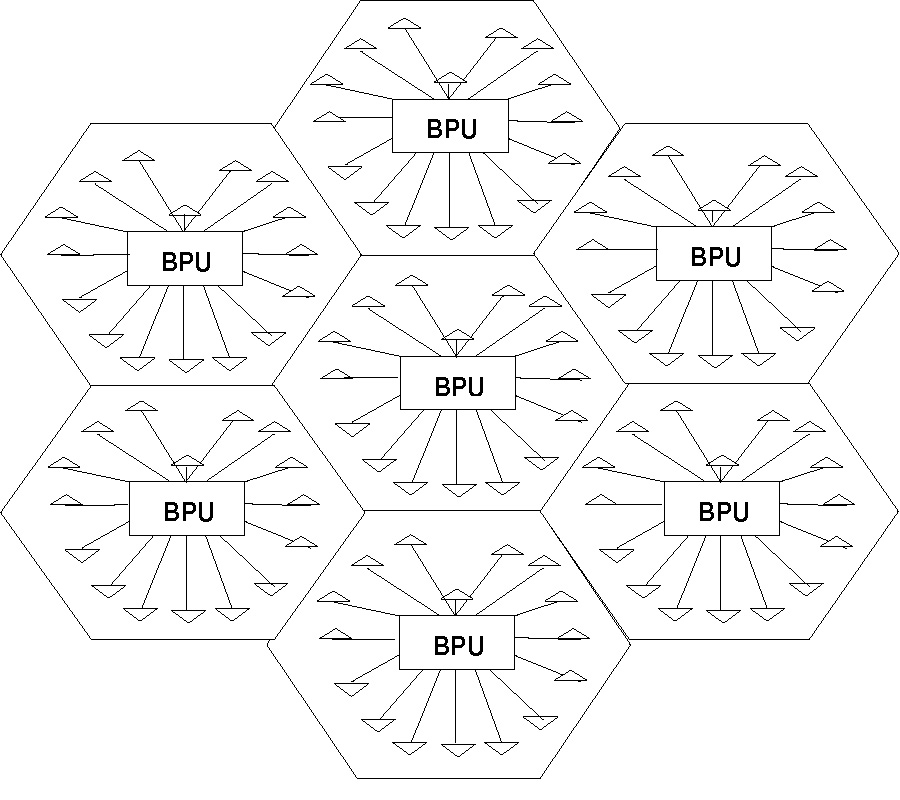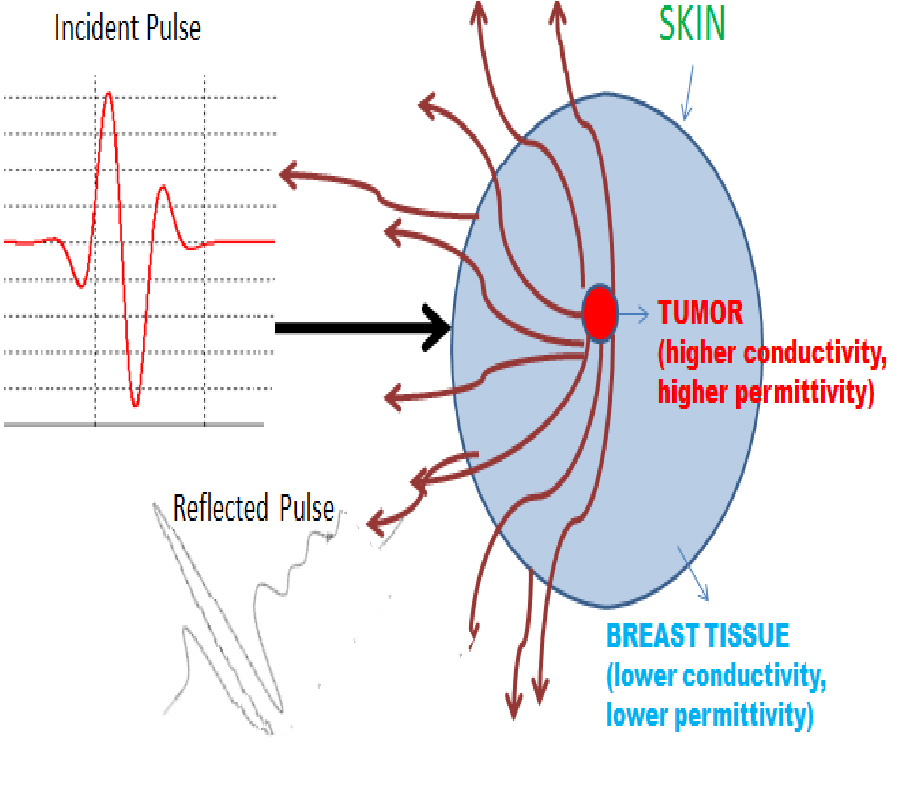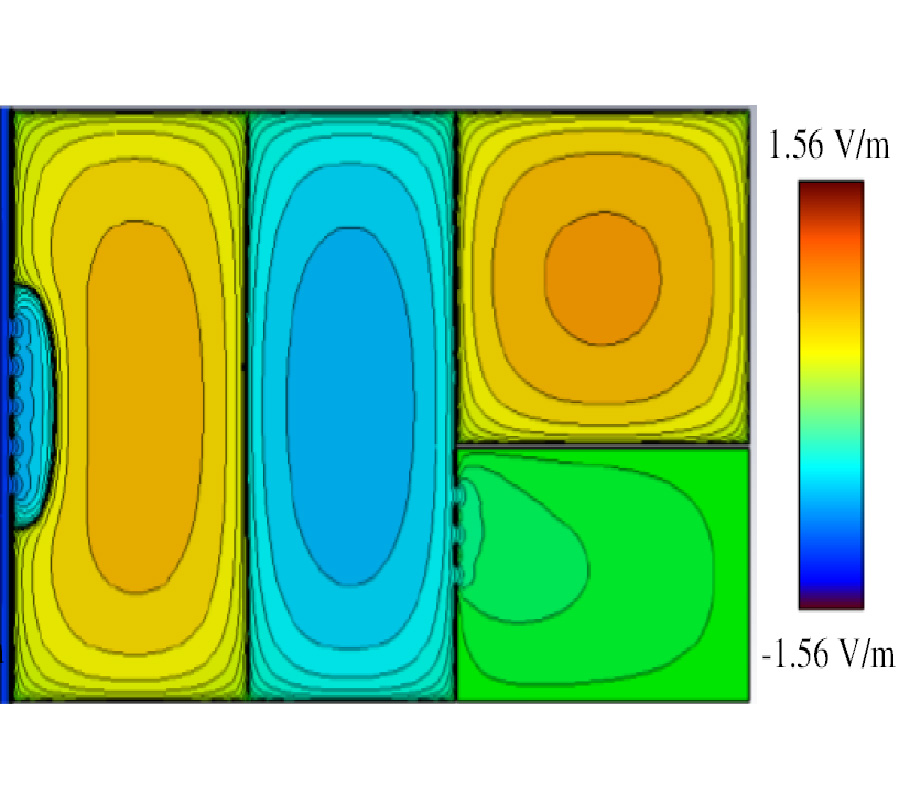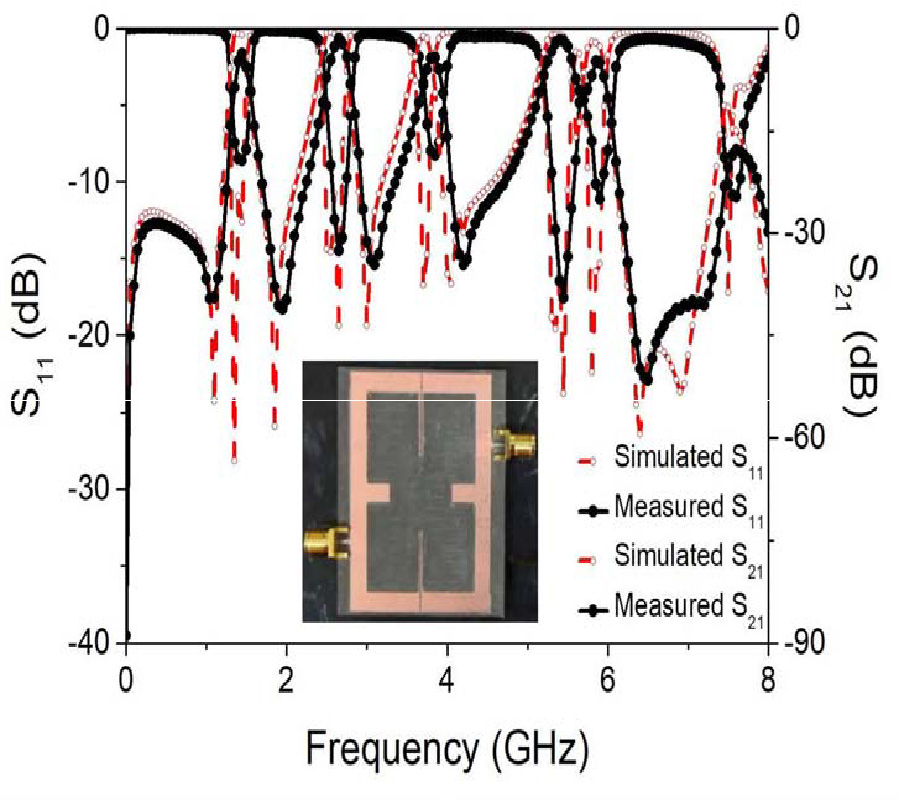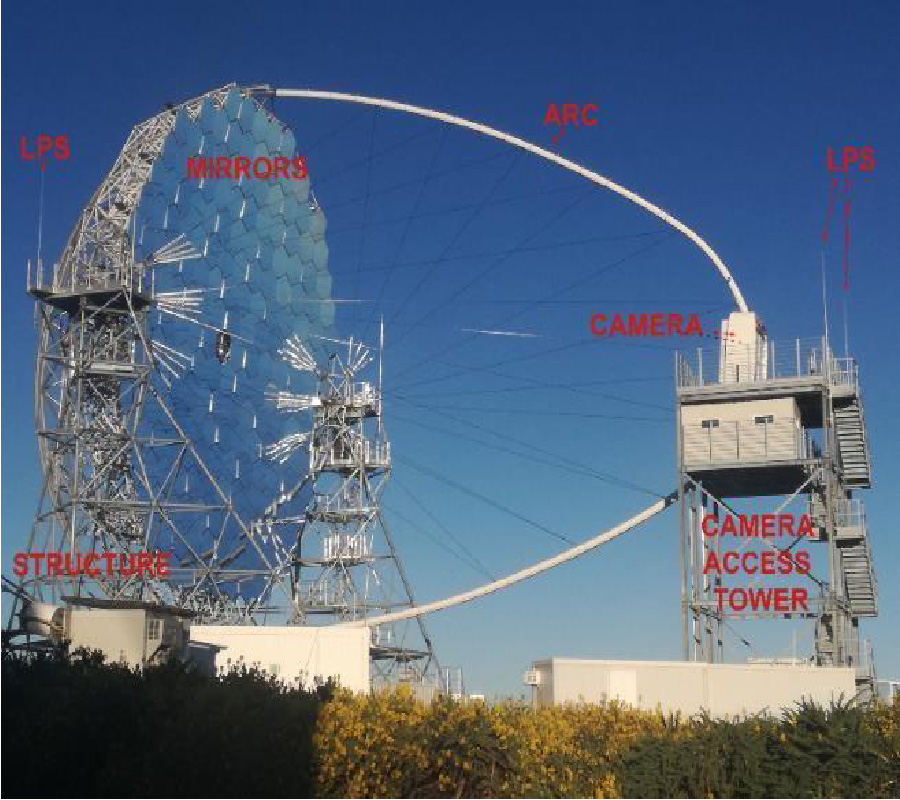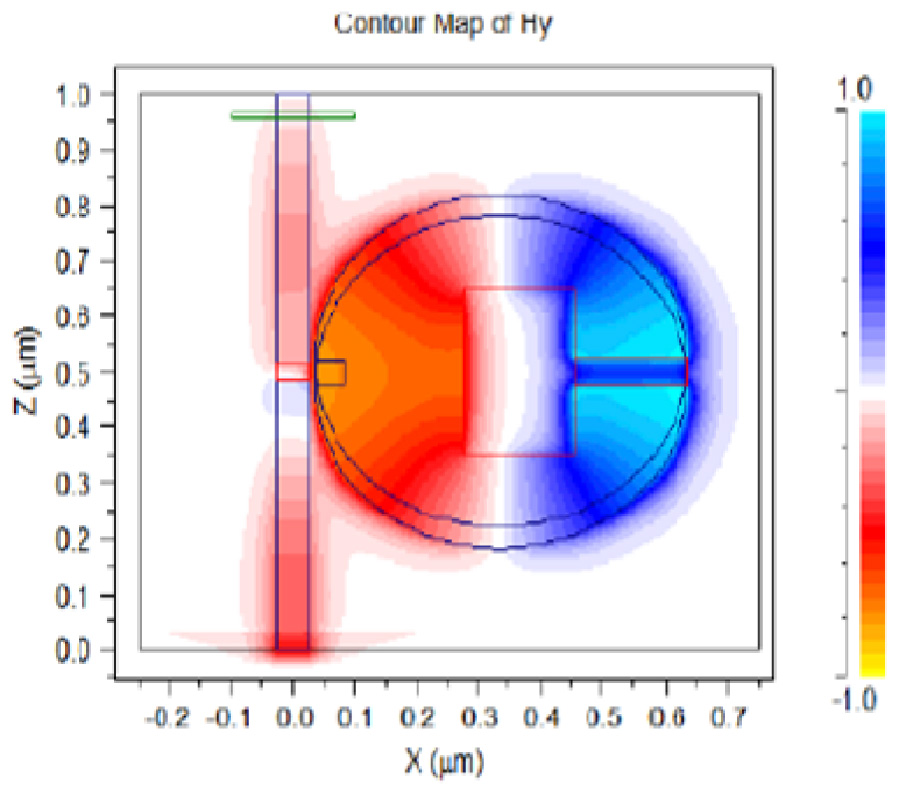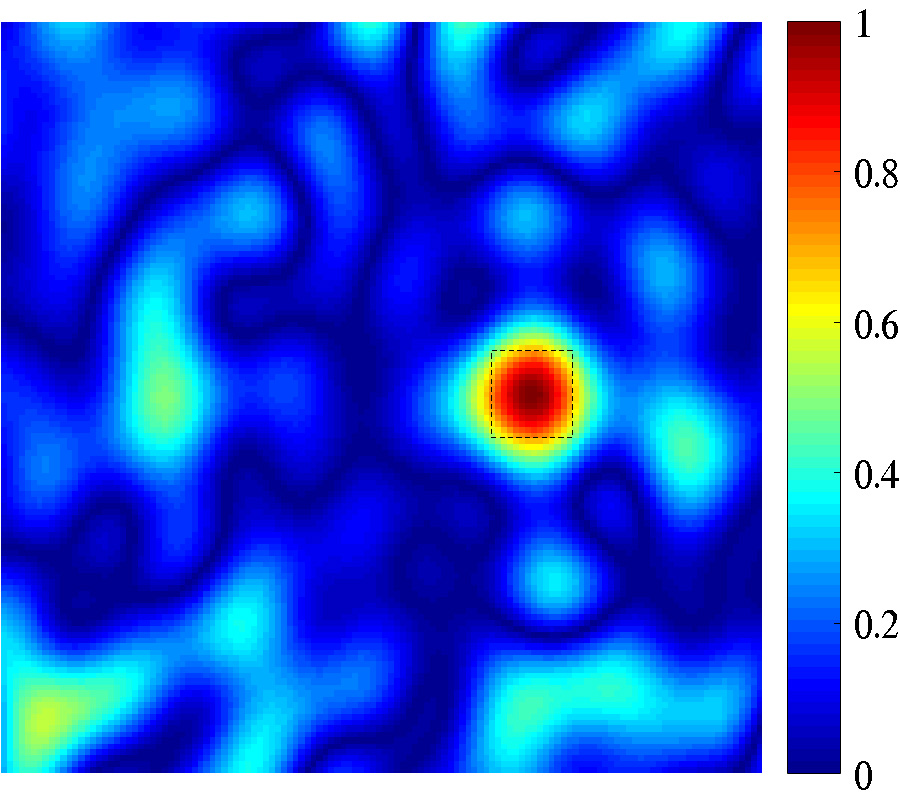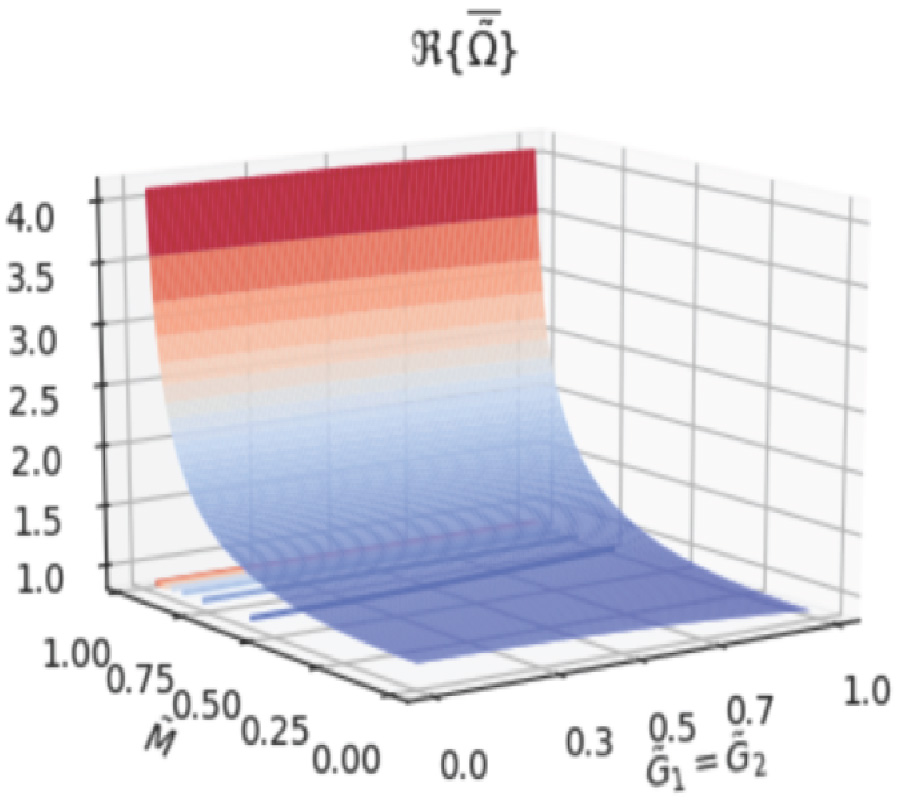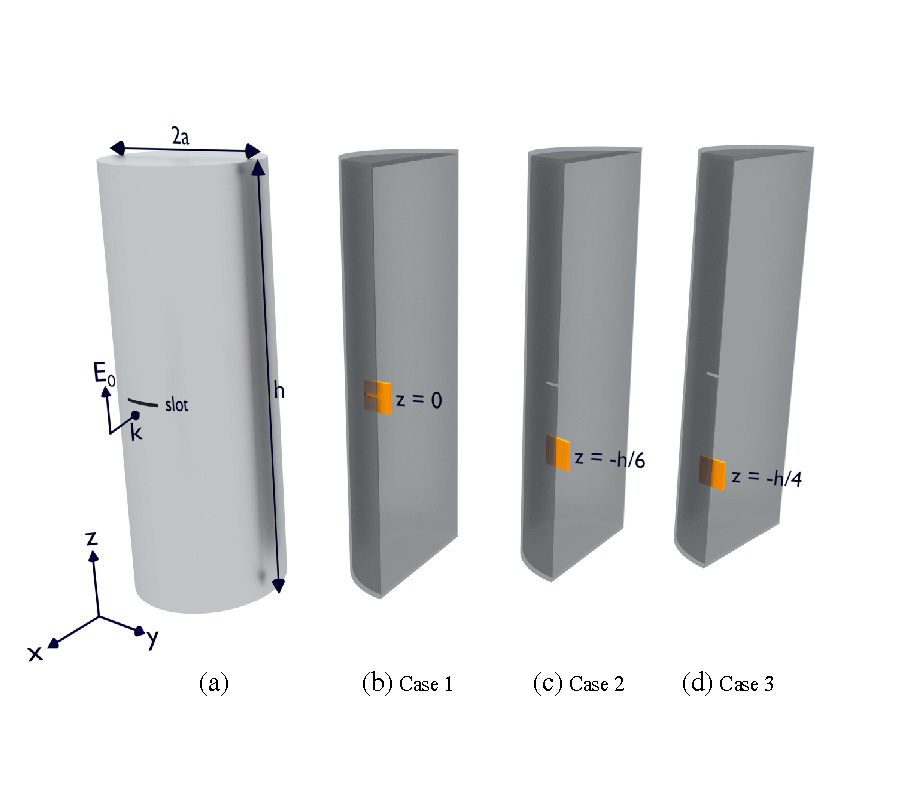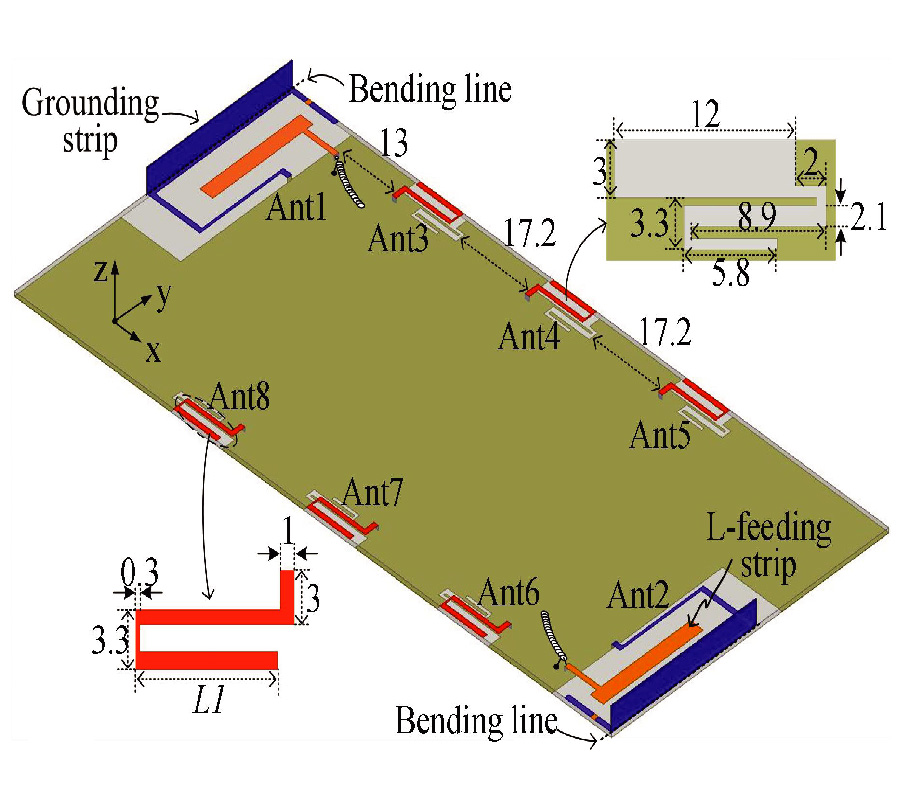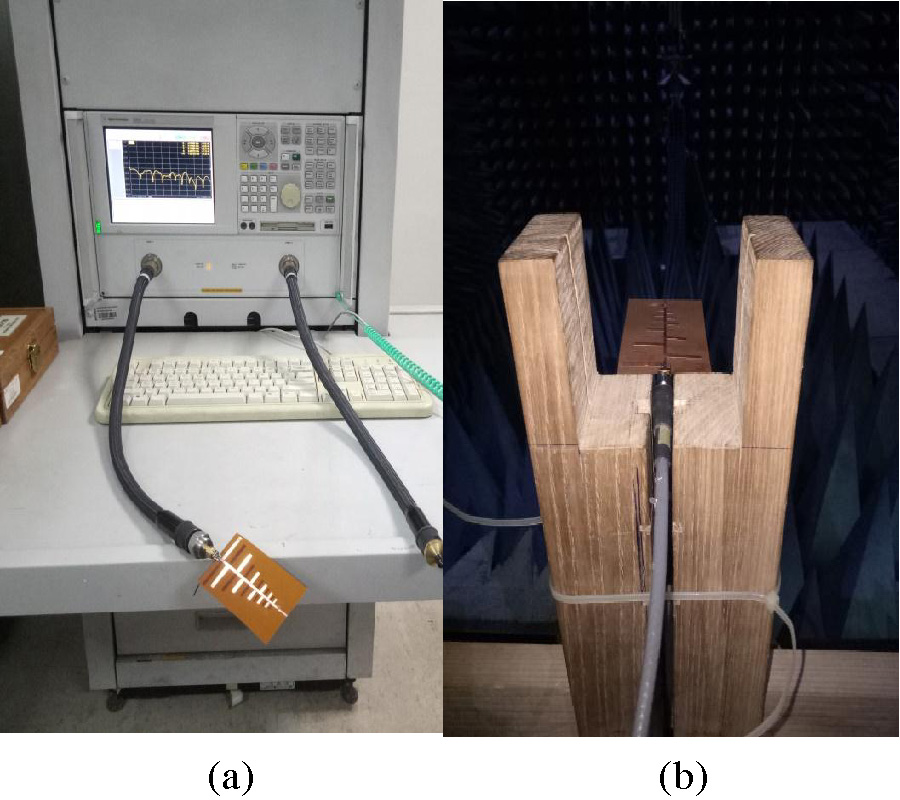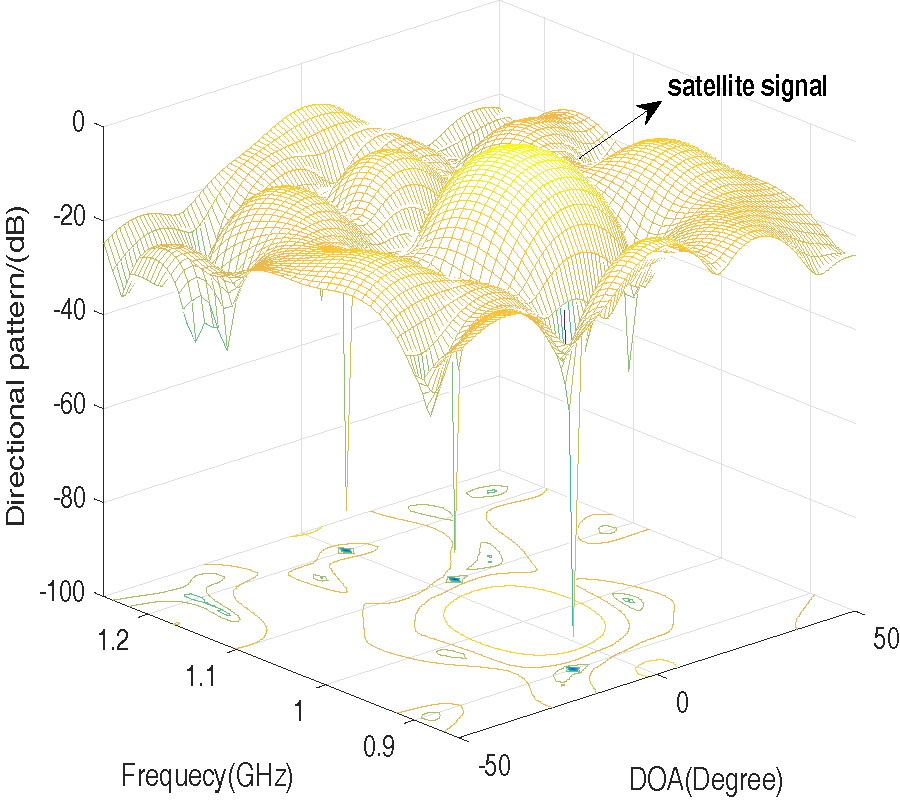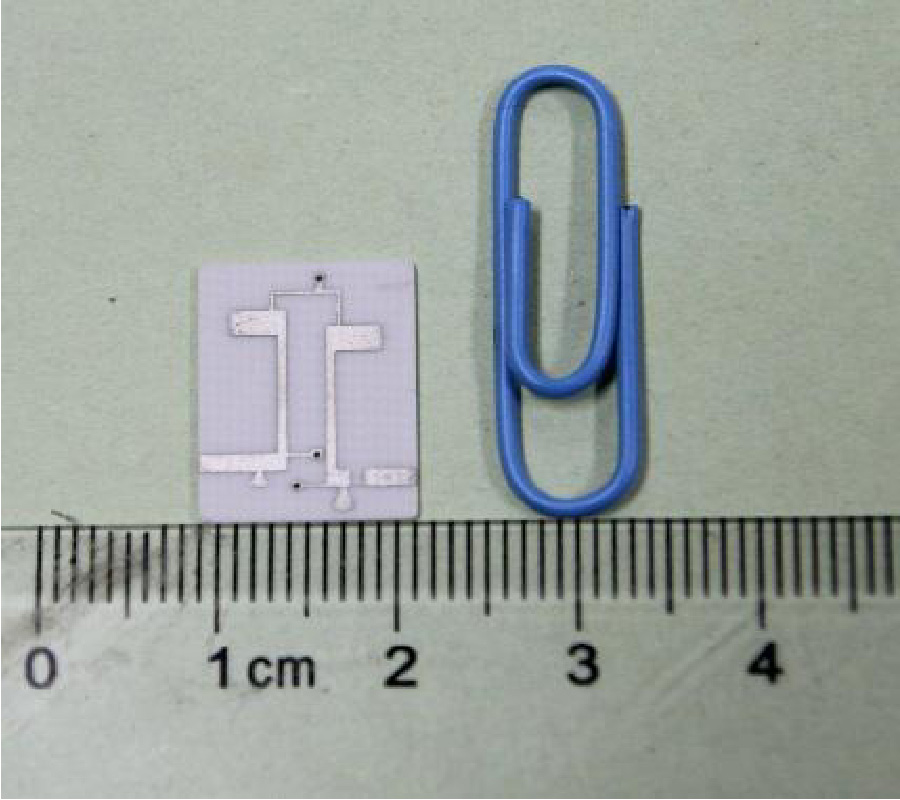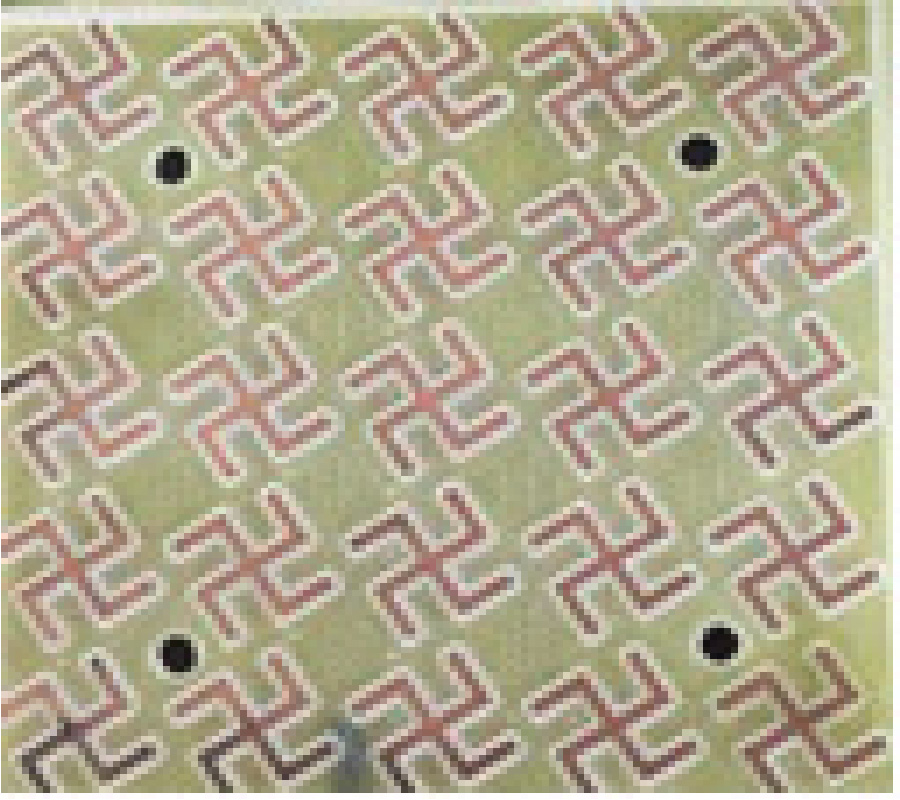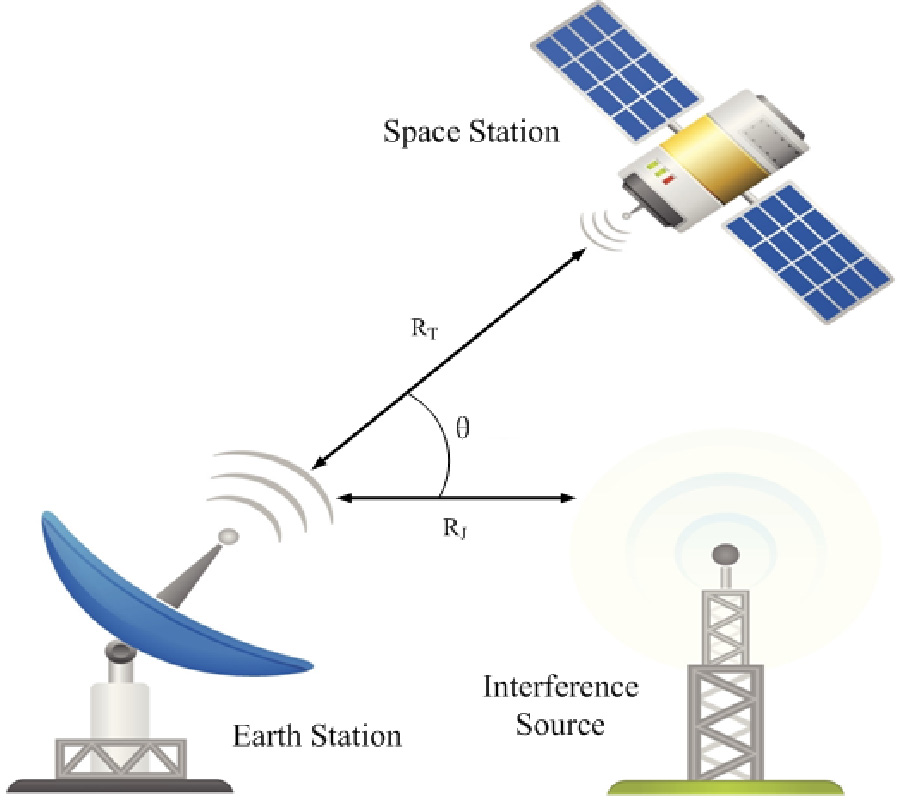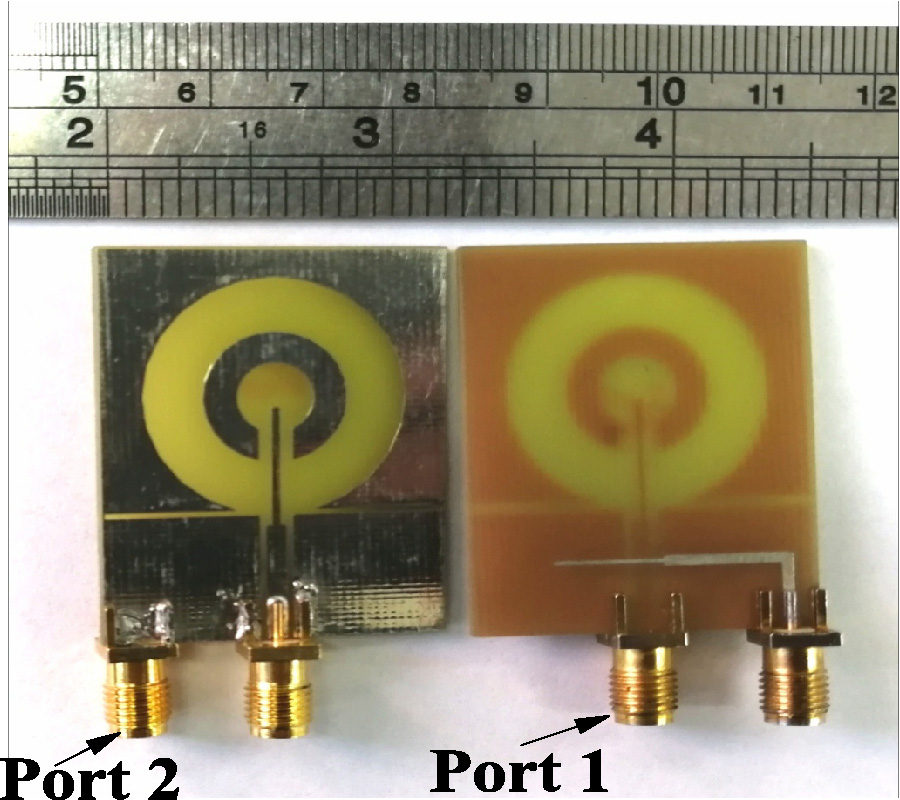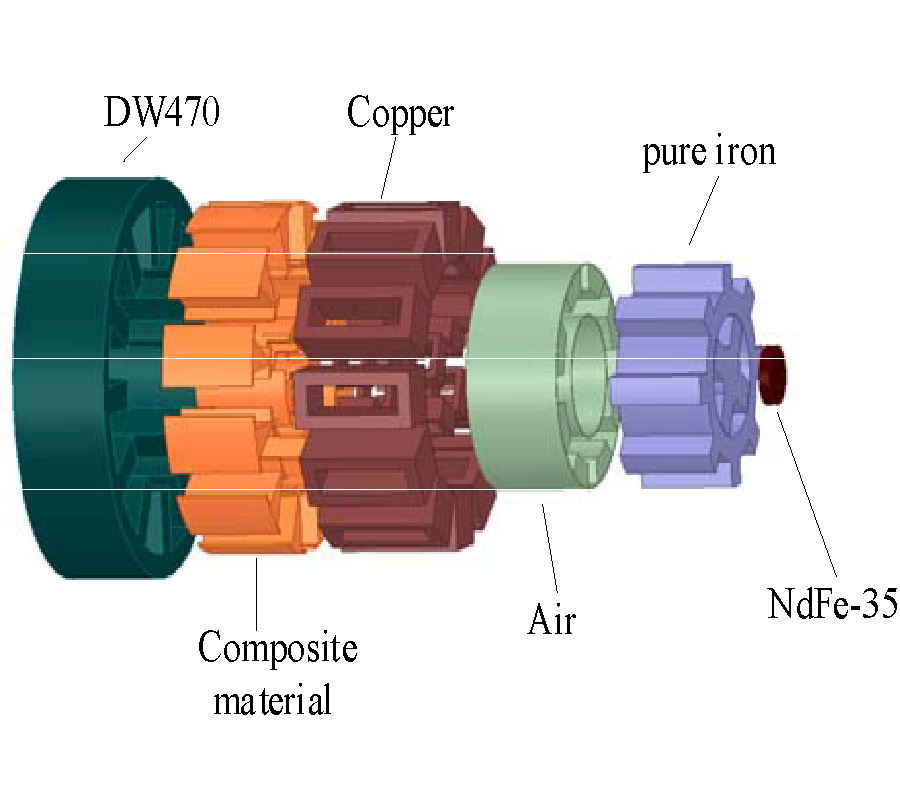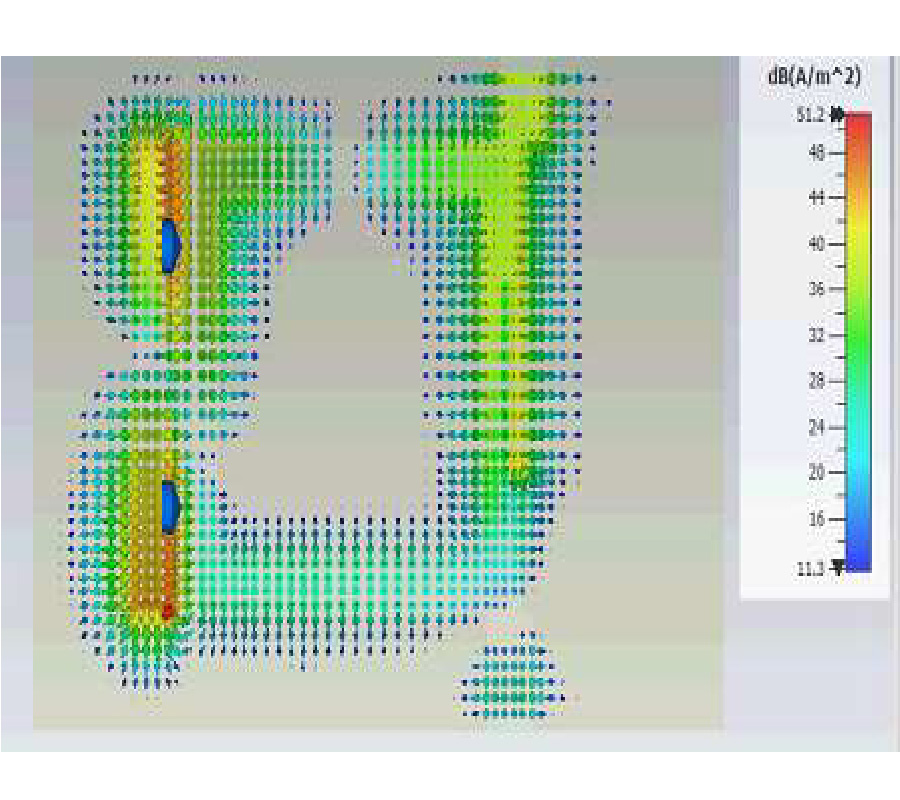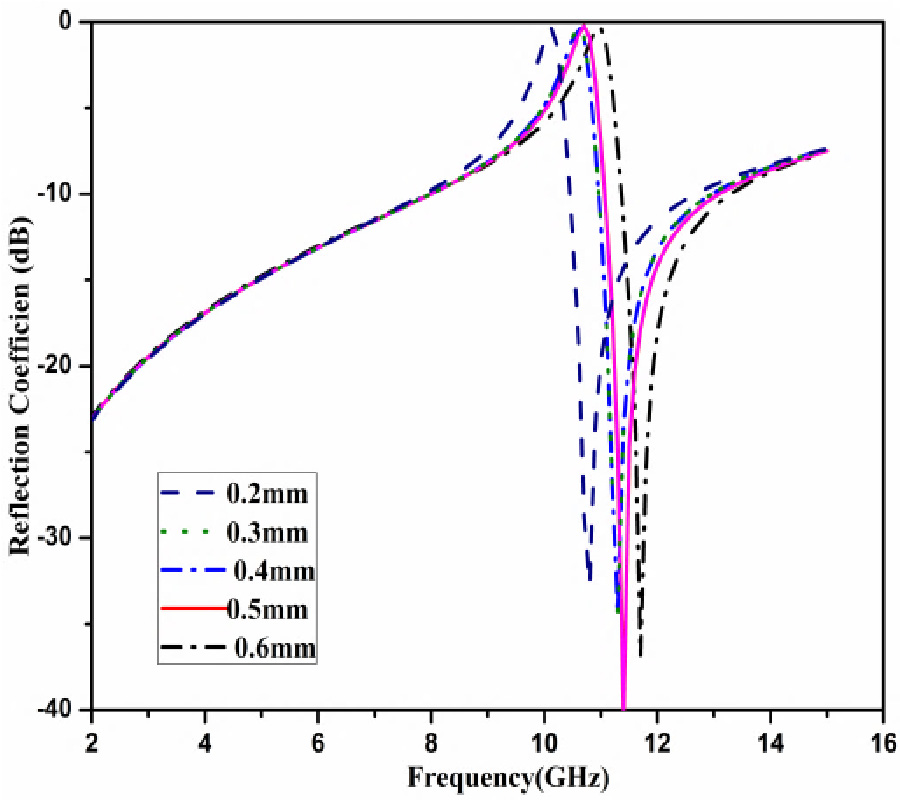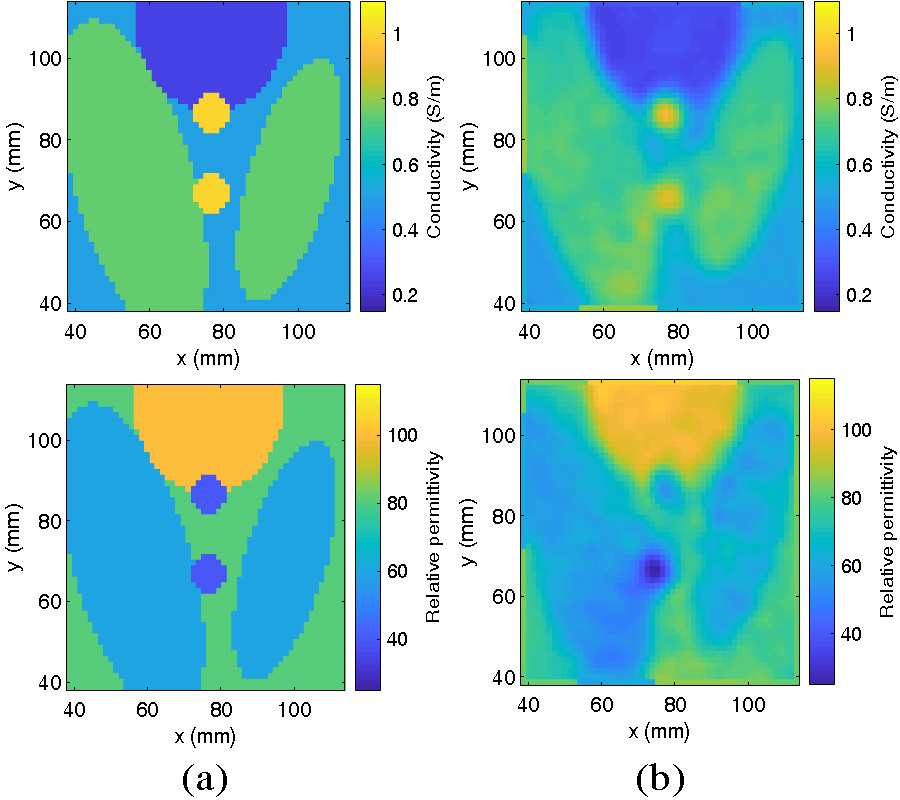Analysis of the Noise Components for Affecting the Imaging Performance of the Synthetic Aperture Interferometric Radiometer (SAIR)
Jinguo Wang,
Zhaozhao Gao,
Jie Gu,
Shiwen Li,
Xiaoyun Zhang,
Zitong Dong,
Zilong Zhao,
Fan Jiang,
Bo Qi and
Wei Zhao
Microwave radiometer is a high-sensitivity ``camera'', which realizes high-resolution imaging by receiving the natural radiation signal in microwave band from the observation scene. Due to the imperfection of the system hardware, the measured data include not only the radiated signal of interest but also the noise generated by the system hardware itself. These unexpected noises will affect the imaging performance of the system, especially for the synthetic aperture interferometric radiometer (SAIR). In this paper, the noise behavior of the SAIR system is analyzed and modeled for the first time. Based on the noise behavior model, a method is proposed to pick the optimal averaging time for imaging with high fidelity in the SAIR system. Some experiments are carried out to verify the correctness of the noise behavior model and the optimal averaging time picking method for SAIR. With the noise behavior model and the optimal averaging time picking method, it can provide an effective guide for the SAIR system design, error correction, and reconstruction.
